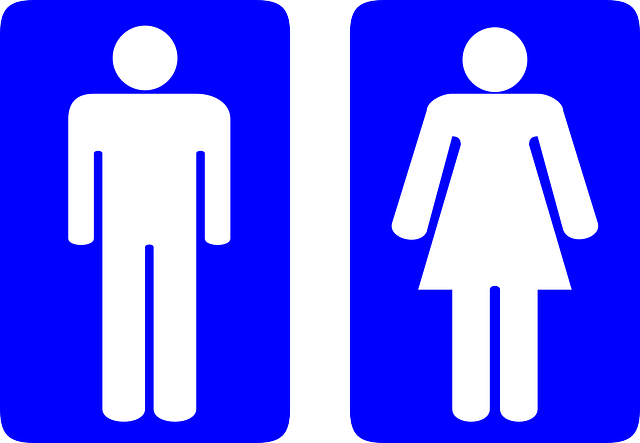The Most Difficult Things About Learning Danish
Depending on who you speak to, Danish is either one of the easiest or one of the hardest languages to learn. We’ve already focused on the easiest things about learning Danish, so let’s have a look at what makes it such a tongue-twister of a language.
 Photo via Pixabay / Pixabay
Photo via Pixabay / Pixabay
Everyone Speaks English
This may sound like a strange thing or even a criticism, but it’s not. We simply mean that the Danish are so good at English that the slightest detection of a foreign accent will have them chatting to you in fluent English. Which, of course, makes it hard for you to practice your Danish.
Everyone’s a Perfectionist
Another odd one, right? What we mean is, the Danes won’t understand you if your accent is off or you stumble. Perhaps you mispronounce a phrase or forget a word: unfortunately, you’ll throw your Danish speaking partner off and receive only blank stares in return.
Mumbling
Danes are accused of mumbling when they speak, but that is just the way the language sounds. Not only is Denmark a land of softly-spoken people, Danish is somewhat of a flat, monotonous, quickly-spoken language. It means that even with the most enthusiastic of language partners, it can be difficult to understand what they are saying and reply appropriately.
Too Many Vowels
Danish has some 40 vowel sounds in total, including the letter ‘y’ which is relegated to the ‘partial-vowel’ status in many languages or not recognised as one at all. Danish is a very vowel-centric language and consonants often disappear into the ether when they are swallowed up. In other words, difficult to get your tongue around.
 Intimidatig vowels via Wikimedia / Wikimedia
Intimidatig vowels via Wikimedia / Wikimedia
Miscellaneous Pronunciation Issues
Danish is a gutteral language, and this enunciation is hard for any non-Dane to master. Words are often very long which makes pronunciation daunting, and to add to this, a lot of letters are actually silent. And if that isn’t confusing enough, there is the tricky stød, which is the glottal stop feature of many Scandinavian languages. Where on earth do you start?!
Counting
Easy as 1, 2, 3? No. Instead of counting in 10s, Danish counts in 20s. To give you an example, the number 56, seksoghalvtredsindstyvende, translates directly as ‘six and fifty-ness, twenty-ness’. That is not logical to remember easily! Numbers one to twenty seem straightforward enough, but then it just gets confusing. Because past twenty, the numbers are reversed when you speak. Let us explain what we mean: if you wanted to talk about your age and you were 47 (syvogfyrre) you would have to say ‘I am seven (syv) and forty (fyrre)’.
Nouns With Gender
Yes, Danish is one of those languages where every noun has a gender. Thankfully, you only have two to learn, but learn them and memorise them you must.
 What gender is that noun? Photo via Pixabay / Pixabay
What gender is that noun? Photo via Pixabay / Pixabay
Random Filler Words
Også approximately means ‘also’, and goes somewhere in the middle of the sentence rather than, following English logic, appearing at the beginning or the end. It is used in this way and as a filler word. Another is lige, which translates directly as ‘straight’ but is used to fill a sentence, to belittle someone in one way but in another to praise. And if you’re a relative newcomer to Danish, that can be very, very confusing.
So there you have it. We’ve just given you a few examples of what makes Danish difficult, but there are more. Do not be put off! All languages are difficult to learn in their own right and in different ways. Just because it is technically a difficult language to learn does not mean you can’t learn it. Danish could be the language for you. How about you have a look for yourself? Why not contact us and see what language courses we have on offer? You’ll be in good company!


